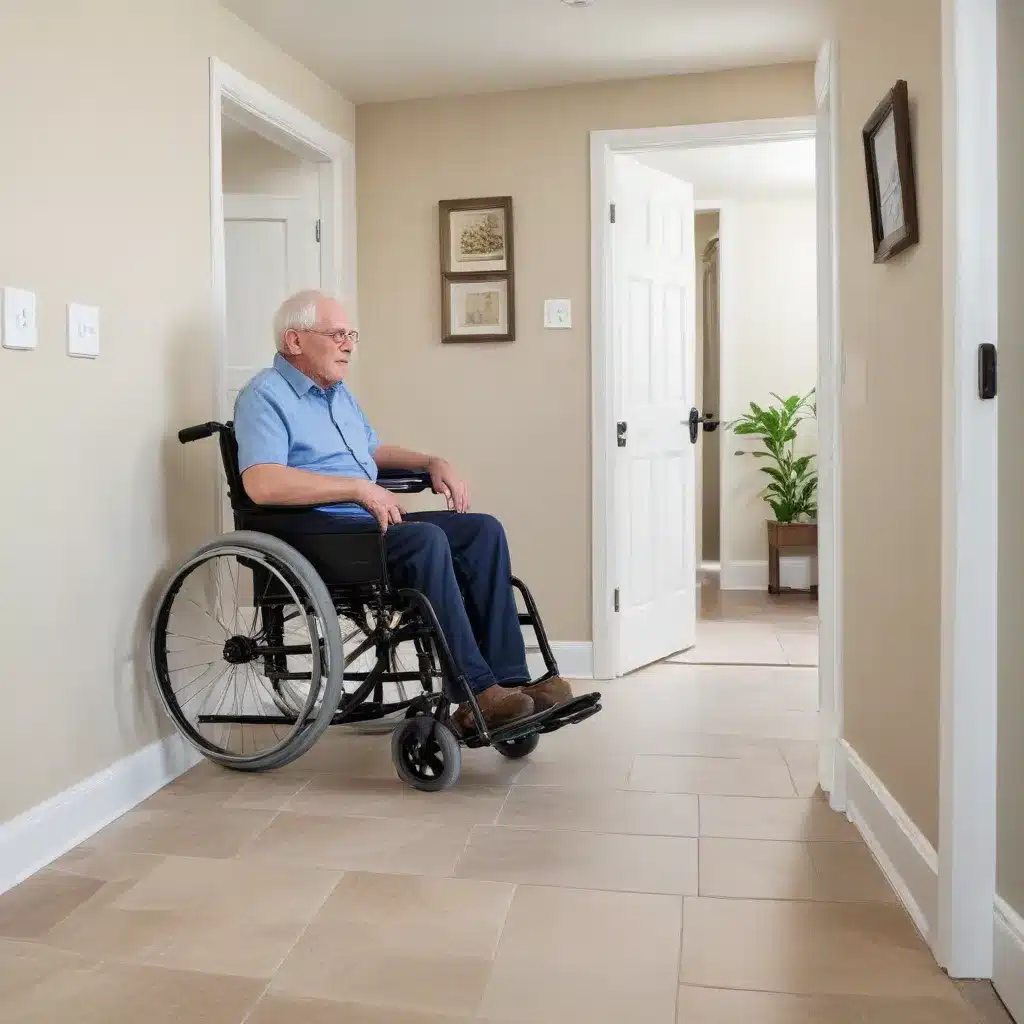
Aging in Place Remodel: Accessibility Upgrades for Safer Living
As we grow older, our homes sometimes need to evolve with us. Aging in place, the ability to live in one’s own home and community safely, independently, and comfortably, regardless of age, income, or ability level, has become an essential goal for many homeowners. This approach, combined with universal design principles, ensures homes are both age-friendly and adaptable for all.
Aging at Home Considerations
The challenges that stairs, narrow spaces, and multi-level layouts pose become more apparent as we age or deal with mobility constraints. However, with strategic modifications rooted in universal design, these barriers can be alleviated. Universal design focuses on creating environments that can be accessed, understood, and used to the greatest extent possible by all people, regardless of their age, size, or abilities.
Mobility, safety, and adaptive living are the key considerations when renovating a home for aging in place. Mobility issues like decreased balance, strength, or dexterity can make simple tasks like navigating stairs or using standard fixtures increasingly difficult. Safety concerns around fall risks, accessibility, and emergency preparedness also grow more pressing over time. And as physical or cognitive abilities change, the home may need to be adapted to support independent or assisted living needs.
Accessibility Upgrades
Fortunately, a wide range of accessibility upgrades are available to address these evolving needs. Let’s explore some of the most impactful modifications:
Entrance Modifications: Eliminating steps from the main entrance to make entry and exit more accessible is a game-changer. Ramps with proper 1:12 slopes can provide a smooth transition, while wide doorways accommodate wheelchairs and reduce the risk of accidental bumps.
Bathroom Renovations: Removing the step-over of traditional bathtubs and installing roll-in showers ensures safer and easier access. Strategically placed grab bars provide support throughout the bathroom. Swapping out standard fixtures for ADA-compliant sinks, toilets, and vanities allows for easier use from a seated position.
Kitchen Enhancements: Modifying cabinets and countertops to allow for wheelchair accessibility reduces the need to bend or reach excessively. Installing lever-style faucets and front-control appliances makes tasks easier for those with limited dexterity. Ensuring smooth transitions between flooring types minimizes trip hazards.
Universal Design Principles
When approaching an aging in place remodel, it’s essential to incorporate universal design strategies that accommodate a wide range of abilities. This holistic approach focuses on creating spaces that are comfortable, intuitive, and safe for everyone, regardless of age or mobility.
Some key universal design principles include:
- Equitable Use: Ensuring the design is equally useful to people with diverse abilities.
- Flexibility in Use: Accommodating a wide range of individual preferences and abilities.
- Simple and Intuitive: Making the design easy to understand, regardless of the user’s experience, knowledge, language skills, or current concentration level.
- Perceptible Information: Effectively communicating necessary information to the user, even in the presence of sensory limitations.
- Tolerance for Error: Minimizing hazards and the adverse consequences of accidental or unintended actions.
- Low Physical Effort: Allowing users to maintain a neutral body position and minimize fatigue.
- Size and Space for Approach and Use: Providing appropriate size and space for approach, reach, manipulation, and use, regardless of the user’s body size, posture, or mobility.
By incorporating these universal design principles, an aging in place remodel can create a living environment that is not only accessible but also comfortable, convenient, and visually appealing for all.
Home Modification Essentials
Beyond the major renovations, there are several essential home modifications that can significantly improve safety and accessibility:
Adaptive Equipment Installation: Adding features like lever-style door handles, grab bars, and adjustable shelving makes daily tasks more manageable.
Lighting and Automation Upgrades: Improved task lighting and dimmers enhance visibility, while smart home technologies allow for convenient, hands-free control of lights, climate, and security.
Flooring and Layout Changes: Swapping out slippery surfaces for non-slip flooring and ensuring clear, unobstructed pathways throughout the home can prevent falls and ease mobility.
Budgeting and Timelines
The cost of an aging in place remodel can vary widely depending on the scope of work, existing home conditions, and the materials/products selected. A typical bathroom renovation can range from $15,000 to $30,000, while a more extensive kitchen overhaul may cost $40,000 to $70,000. However, these investments can pay dividends in improved safety, independence, and quality of life.
When planning an aging in place project, it’s crucial to allow ample time for the design process, product ordering, and construction. Depending on the complexity, a full remodel may take 3-6 months from start to finish. Working with an experienced Certified Aging in Place Specialist (CAPS) can help streamline the process and ensure the final result meets your needs.
Eco-Friendly Considerations
Sustainability is also an important factor when renovating for aging in place. Look for low-VOC paints, energy-efficient appliances, and recycled/renewable flooring and cabinetry materials to create a healthier, more environmentally friendly home. Solar power, smart home tech, and water-conserving fixtures can also enhance the long-term efficiency and resilience of your living space.
Conclusion
As the desire to age in place continues to grow, accessibility upgrades have become essential for maintaining independence and quality of life. By incorporating universal design principles, homeowners can transform their living spaces into comfortable, safe, and adaptable environments that serve them well into the future. With the guidance of experienced professionals and thoughtful planning, an aging in place remodel can be a rewarding investment in your long-term wellbeing. For more inspiration and resources, be sure to visit Reluctant Renovator.



